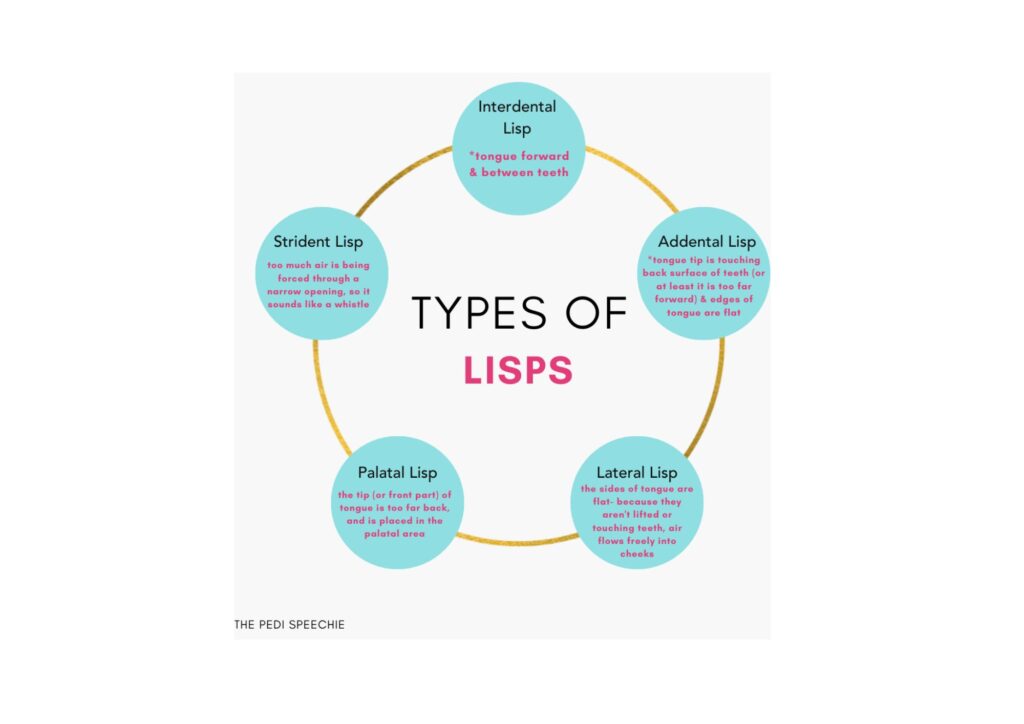

By Leanne.
Share article:
To Lisp or not to lisp, that is the question.
Try saying Hamlet’s soliloquy with a lisp.
This is one of the most asked questions on dental implant forums and search engines. For many, it is one of the most worrying aspects of the full arch restoration process.
Speech difficulties are common complications patients can experience during the full arch implant bridge restoration process, commonly known as All Teeth on 4. The bulkiness of the temporary bridge places a strain on phonetics.
Your dental practitioner must work to find the perfect balance between the dental implants’ positioning, the bridge’s bulkiness for strength, and your ability to speak clearly.

Whistle and lisp
Aside from the aesthetics of your implant bridge, the goal is to make speech patterns natural so that you can speak clearly without worrying about how you sound to others.
One of the most common speech problems after an All Teeth on 4 procedure is caused by air flowing through the space between your gums and your bridge, especially on the maxilla or top arch. This can make it difficult to pronounce letters like “D” or “F”. Too much air flowing through this space often causes a whistle and/or a lisp. Time & speech practice will resolve this; however extra acrylic can also be added to the prosthesis (a reline) if required.
Another reason for speech difficulties is the positioning of the teeth, mainly the upper front teeth. If the teeth are too far forward or too far back, it can make it very difficult to pronounce certain letters. Likewise, if teeth are too long or thick or overcrowding constricts the tongue, you will have speech difficulties.
Bulky temporary teeth can also cause speech difficulty. This type of problem can be caused by the positioning of the implants & poor quality of the implant bridge.

The All at Once® Implant Bridge is designed to overcome most of these issues due to the innovative re-contouring of bone, use of guided surgery to optimally place the implants, and insertion of the final bridge at the time of surgery. This alleviates the need for a bulky temporary prosthesis and eliminates many problems encountered in the traditional All Teeth on 4 full arch restoration protocol.

Personally, I have had very few issues with lisping and whistling problems.
How much of a lisp will I have?
How much of a lisp can depend on if you ever wore a denture or partial, as your tongue may already be trained to deal with the prosthesis and adjust more quickly. However, if you’ve been edentulous (without teeth) for an extended period, you will definitely undergo a period of adjustment for your speech.
For most people, It takes up to four weeks to adjust to talking with your new dental implant bridge(s). For some people, it’s less, while others may require a little more time.
In comparison to dentures, this is often less of an issue as you are not covering the palate.
Tips for adjusting to your new implant bridge
- Count out loud
- Sing in the car & shower
- Practice reading out loud
- Speech exercises
Many famous people have lisps and have not been disadvantaged by them. For example, Mike Tyson and James Bond got by with a lisp, (no doubt with little teasing).

Don’t worry; your lisp should be temporary, but if not, and you have ongoing issues…. Perhaps get yourself an excellent acting coach or agent.
On a serious note, speech therapy is an option for people with persistent speech issues.

Disclaimer: The information provided on this platform, including text, graphics, and images, is intended for general informational purposes only. It is not a substitute for professional dental advice, diagnosis, or treatment. For specific dental concerns, it is crucial to consult with a qualified dental practitioner. They will be able to assess your individual circumstances, provide accurate diagnoses, and offer appropriate treatment options tailored to your specific needs
Print article:
Share article:
Subscribe To Leanne's Blog
Ready for your new smile?


